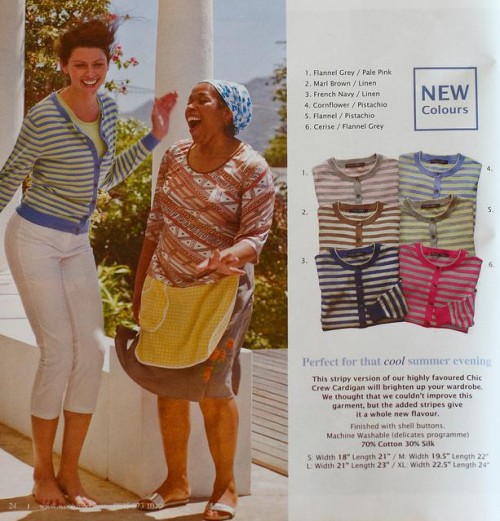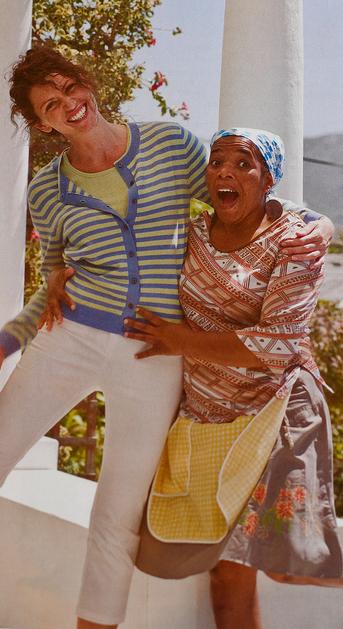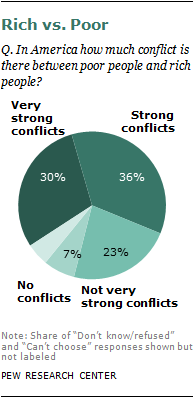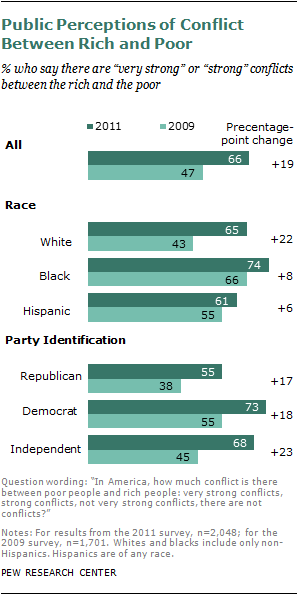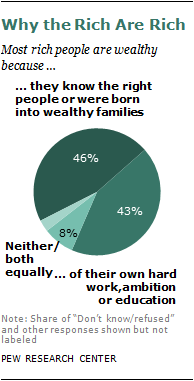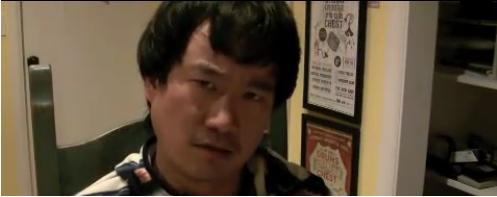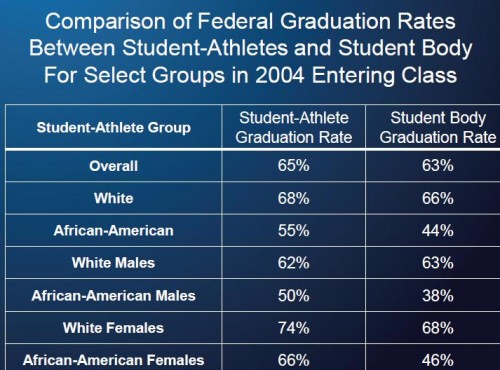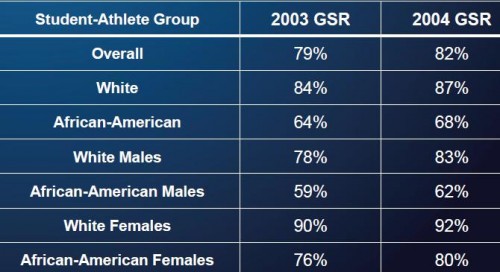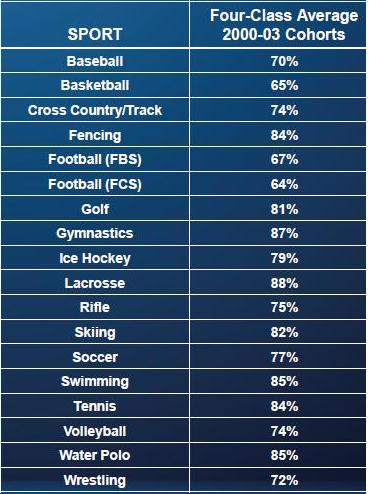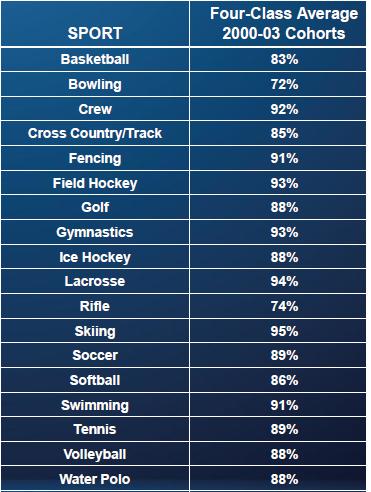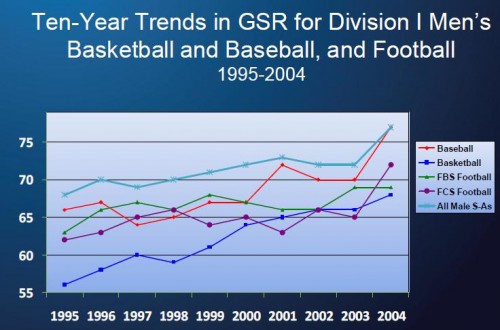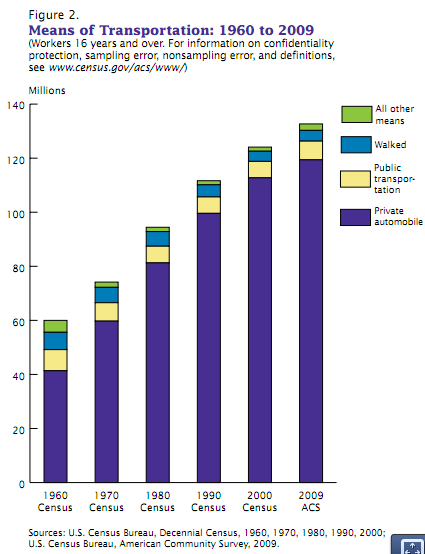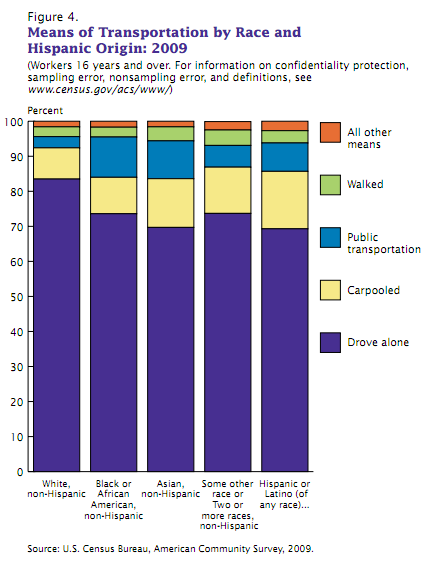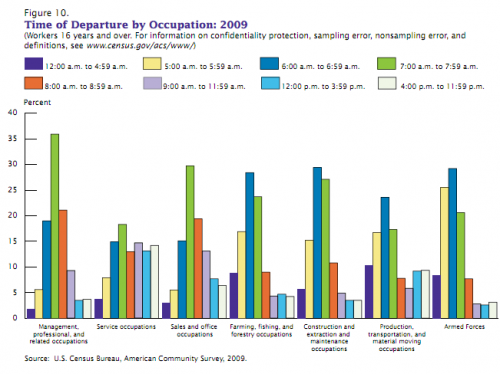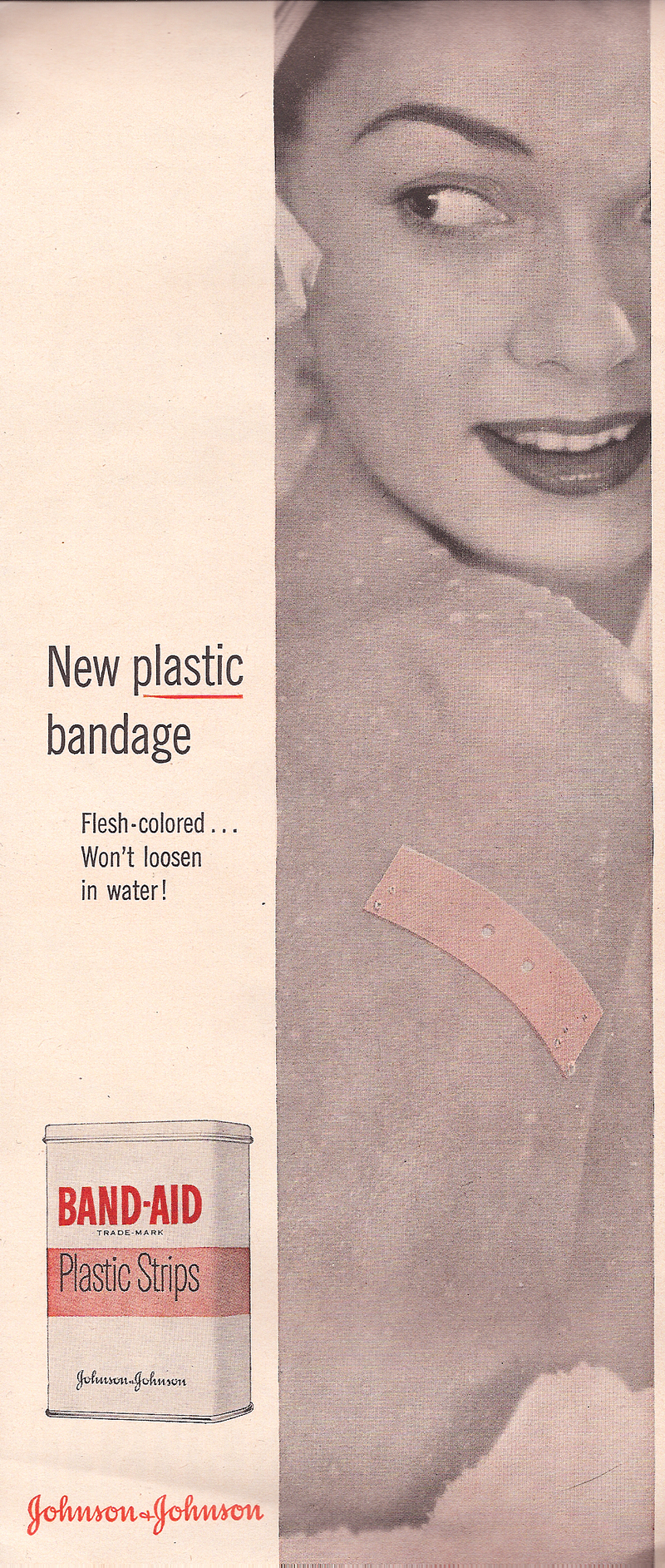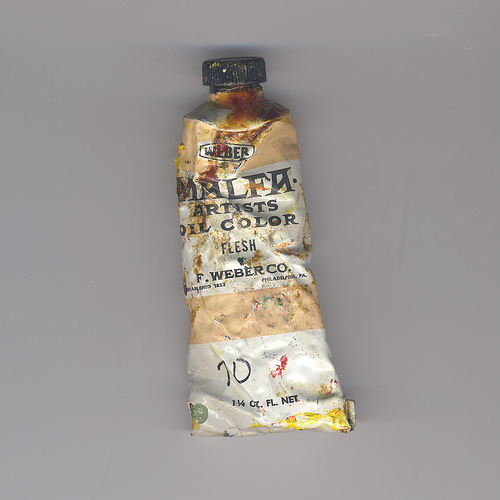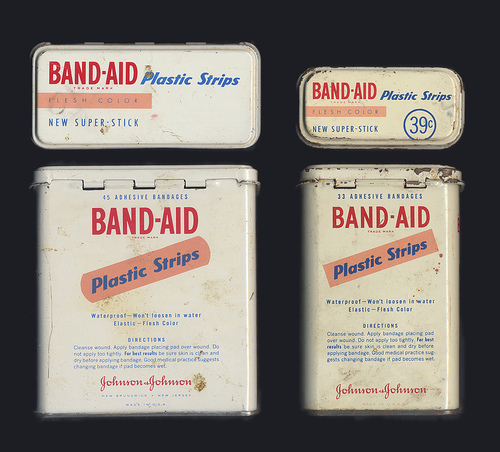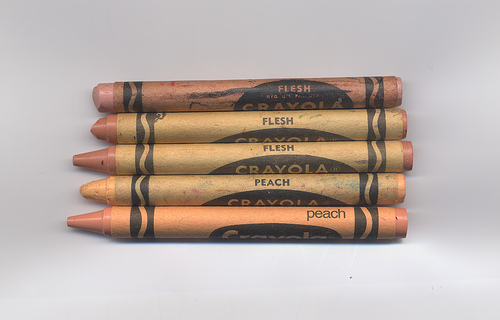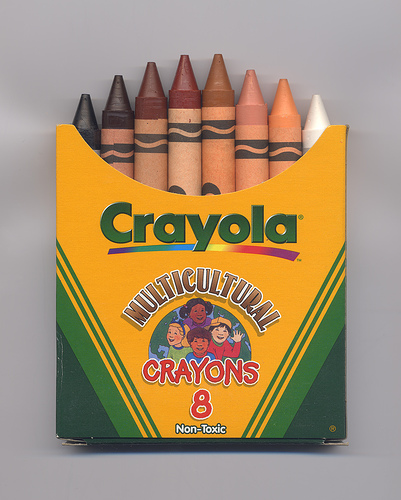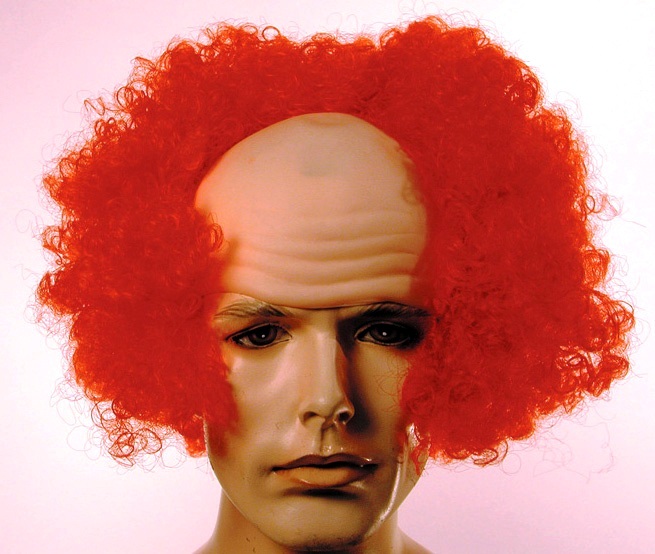 The phrase “Magical Negro” refers to the phenomenon in which a white character in a tv show or movie finds enlightenment through the wisdom of a Black character. It is widely considered an offensive trope in which Black people — imbued with special spiritual, religious, or primitive powers of insight, often ostensibly due to some disadvantage like poverty — serve only to support a white person’s transformation. The white person, and their ultimate redemption, remains the central story.
The phrase “Magical Negro” refers to the phenomenon in which a white character in a tv show or movie finds enlightenment through the wisdom of a Black character. It is widely considered an offensive trope in which Black people — imbued with special spiritual, religious, or primitive powers of insight, often ostensibly due to some disadvantage like poverty — serve only to support a white person’s transformation. The white person, and their ultimate redemption, remains the central story.
I couldn’t help but think of this when I watched the trailer for The Best Exotic Marigold Hotel, sent in by Katrin. In this trailer, the Magical Negro isn’t a Black person; it’s not even a person. It’s the entire country of India.
See if you see what I saw:
For examples of the Magical Negro, see our post on The Secret Life of Bees, the Magical Negro at Ikea, and the Magical Aboriginal Child in an Australian tourism ad.
Lisa Wade, PhD is an Associate Professor at Tulane University. She is the author of American Hookup, a book about college sexual culture; a textbook about gender; and a forthcoming introductory text: Terrible Magnificent Sociology. You can follow her on Twitter and Instagram.

